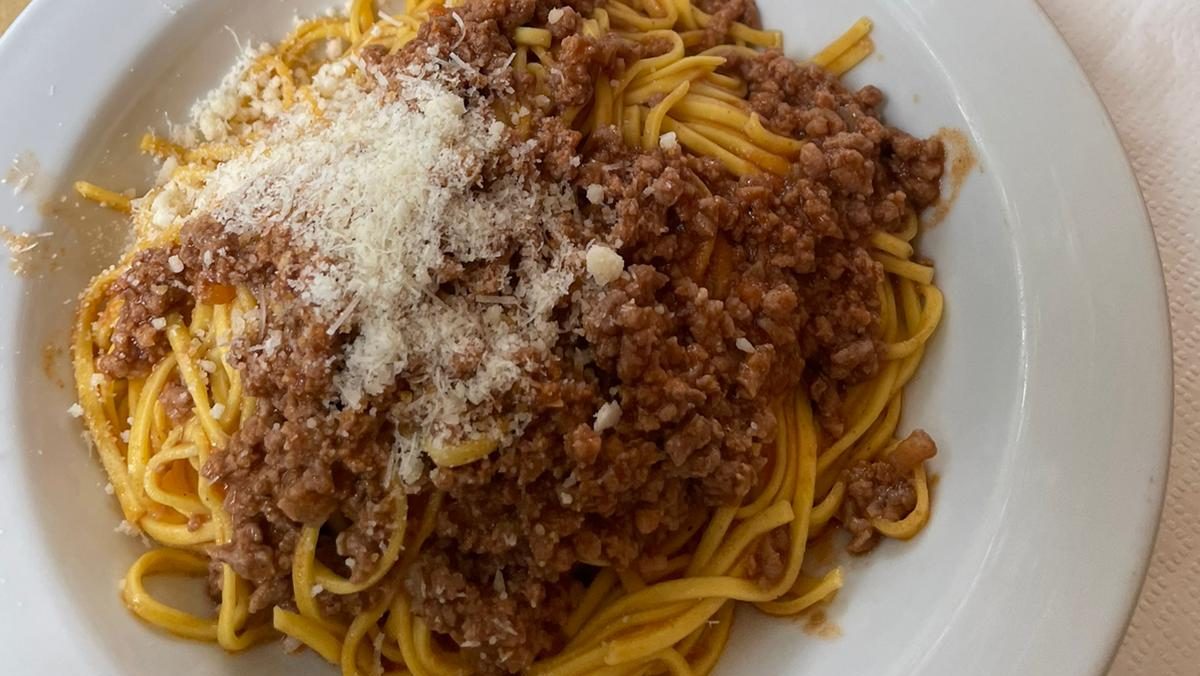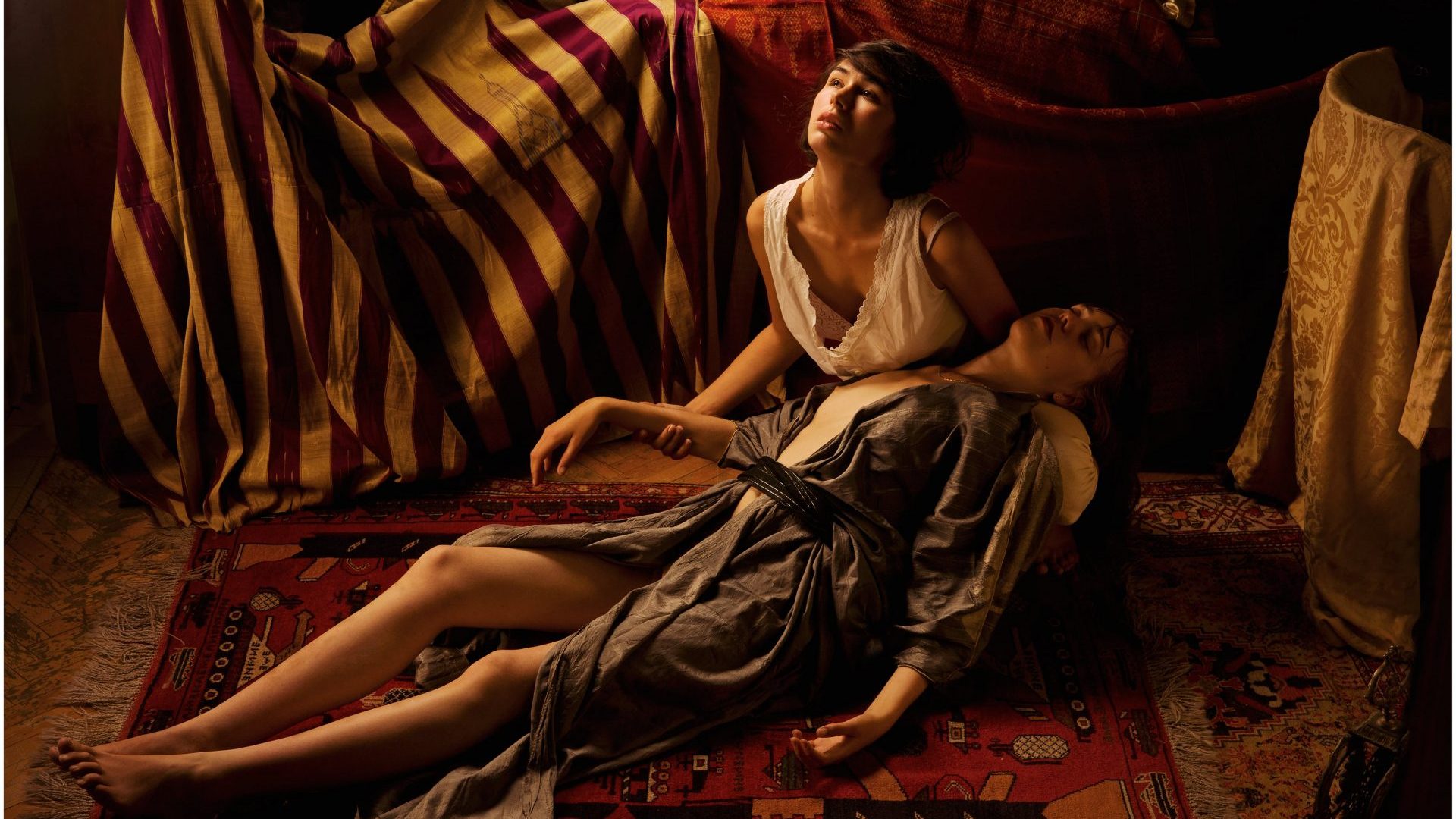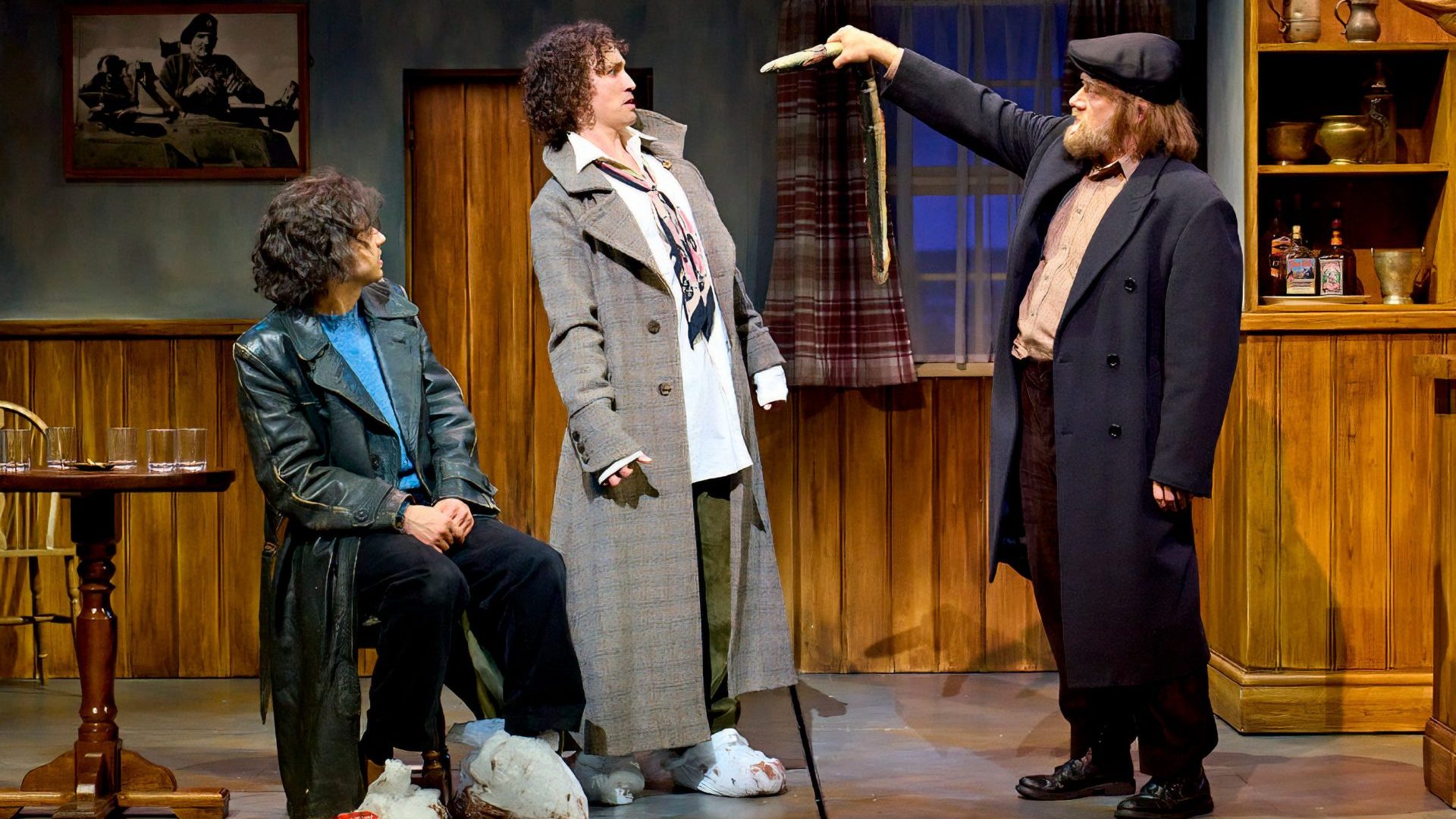I often think Britain would benefit from restaurant categorisation. In France, the levels are tiered thus: the bistro, generally home to simple, rustic food, typically local by design; the brasserie, where dishes and service become a little more refined but remain quietly accessible; and the restaurant, which goes from formal to emphatically high-end.
In Italy, there is a similar composition, with three tiers moving upwards from osteria, to trattoria, to ristorante. There are irregularities, the pizzeria being one, and less common iterations such as the pescaria (seafood establishment) and tavola calda (inelegant but often excellent cafes-come-sandwich shops), but you get the idea.
There are localisations in Italy. One is the piole – casual establishments in Piedmont and its capital, Turin, that serve food specific to the city and region. There are occasional duds but the food is mostly proficient, even exceptional because menus are short, considered and long-practised.
Piedmont is an area known for its beef (Piedmontese cattle are famous and revered around the world), hazelnuts, and truffles, and these, when in season, might feature. The famous white truffles from Alba, though, are a little lofty for these surroundings.
Those long, thin, snappy breadsticks? Grissini, from Piedmont. Gorgonzola? Also Piedmontese, a region able to tirelessly produce good cheese thanks to the quality cows. Other traditional foods include panna cotta (almost as famous an export as tiramisu, from Treviso in the east), forms of risotto (from across the north) and bagna cauda, a salty-rich sauce made from garlic and anchovies. Its name loosely translates as “hot bath” and into it go raw vegetables, bread, even a slice or two of beef sausage.
I’m not sure greater advocacy can be bestowed than to say I visited one piole – Piola da Cianci – for dinner and loved it so much I returned the next day for lunch. Along with half of Turin, to be fair: it was full from open to close, even in the pouring rain and when much of the restaurant is an outdoor terrace covered by a massive tented gazebo.
On the first evening, I was with a group and we enjoyed a Piedmontese feast, al fresco though snug next to the heater-clad wall of the restaurant: soft cheese covered in salsa verde; baked cauliflower flan in a hollandaise-like sauce; meatballs of beef and pork; steak tartare flavoured only with a wedge of lemon, salt and pepper; and vitello tonnato, a relatively famous Italian export where thin curls of veal are matched with a silken sauce made from anchovies, tuna, and capers. It is a favourite of mine. Were this article a TikTok video I would say “umami bomb” and slap my thighs.
Later came pasta. One was agnolotti del plin. These are small, “pinched” (plin) filled pasta parcels, tiny in size and often of leftover roasted beef, and which come in a butter sauce or a simple, heavily reduced meat gravy.
The second, tajarin, the local word for tagliarini: small cuts of long pasta differentiated only by how it is made. In Piedmont, a wealthier pocket of the north, the pasta is especially rich thanks to a zealous use of egg yolks. Often, tajarin is covered in shaved truffle, a rabbit ragu or one made from sausage meat. At Piola di Cianci, I had mine with a classic beef ragu.
I returned not only because the pasta was superb but also because it cost hardly anything. My solo lunch, on a table on the edge of the terrace, the hubbub to my right and a beautiful town square being showered by rain to my left, comprised tajarin al ragu, a glass of house red wine, two sachets of parmesan cheese, one of which I willingly sprinkled, and a piece of bread or two for scarpetta, all for €11.
And so there are two elements at play here: Britain needs not only better restaurant categorisation, which will aid its eating-out culture and help diners better understand value, but its own version of the piole, where food local to the region is served.
A price of €11 is impossible in the UK for many reasons, but we could get close. And yes, we have pubs, chippies, pie and mash shops and greasy spoons. I love all of these. But what we lack is a pared-back restaurant type serving local food.




